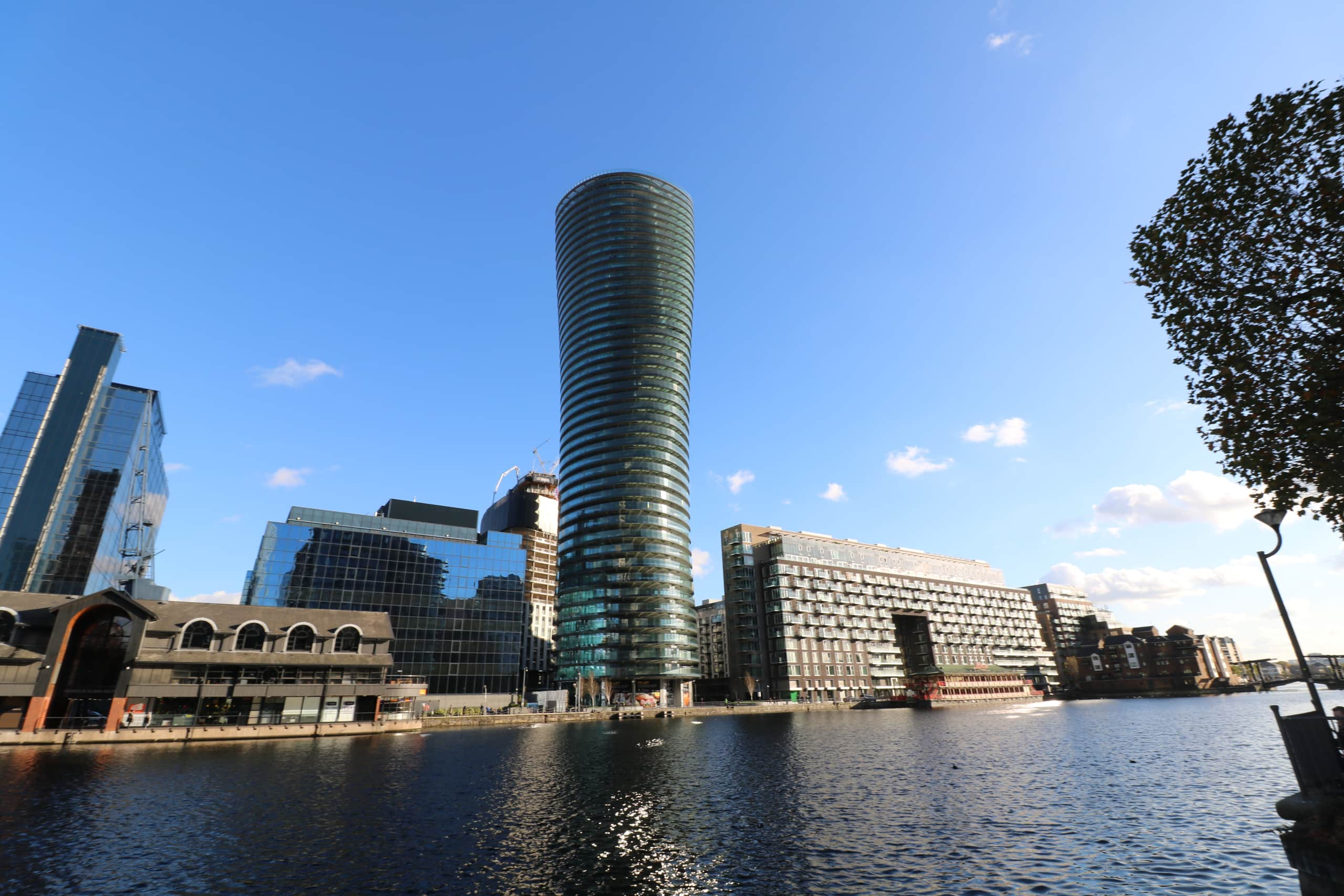Setting Sustainability Goals For A Building During Construction And Occupation
In May 2019, the UK Government became the first national government to declare an environment and climate emergency with 70% of UK local authorities doing the same. Many professional bodies have also launched programmes in the face of climate change.
The Royal Institute of British Architects (RIBA) are one such institution that has set out sustainable development should look like for the construction industry (RIBA Climate Action). Following the RIBA guidelines will be beneficial to businesses, but the real systemic change comes from integrating changes and making guidelines compulsory in the years to come. Setting sustainability goals is important to successfully achieve the environmental targets.
Misconceptions to dispel
There are common misconceptions and reluctance around environmental innovation which have led to a slow uptake (and therefore missed opportunities) to integrate sustainable products into the design, construction and maintenance of buildings.
One reason for this is the high upfront costs of new products, which could add 3-8% to the capital cost. There is also a lack of understanding about the credibility of the products, especially those marketed as carbon neutral – a concept about which there is a lot of confusion.
The definition of a carbon-neutral product is a product where the amount of carbon taken to produce is counterbalanced by the amount of carbon it saves in its operation.
As an example, the production of brise soleil releases carbon into the atmosphere, but the savings in future carbon use and operating costs of air-conditioning in the building can potentially neutralise that carbon use.
It is vital to look at the whole lifecycle of a product and the potential savings it makes throughout that time.
Product choices or off-setting?
Through the process of choices that are made, design and construction of a carbon-neutral building could be possible, but it comes with many considerations. Architects and contractors need to look at three levels – the fabric of the building is the number one priority, energy efficiency second and renewables third. Even with those three things incorporated into the design of a building, it’s not 100% possible to achieve net-zero carbon buildings and that’s where off-setting can help.
A lot of companies invested in the off-set option straight away because it’s easier to do than incorporate carbon-neutral products. If the UK is to meet the net zero target, the industry needs to consider the fabric, efficiency, and renewables before resorting to off-setting.
Know what you want from your supply chain
To increase the standards of sustainable performance, there are particular processes and accreditations that you can look for from the supply chain. For example, contractors will only work with suppliers registered with Constructionline, that have sustainable procurement policies in place.
Customers are looking at the circular economy in terms of what can be reused, reduced or recycled in manufacturing processes to reduce the impact on the environment. There is an appetite for suppliers who can support in reducing waste using principles of circular economy. . A window company that recycles old windows as well as other products is a good example of this and considered more environmentally friendly.
Setting sustainability goals
The new targets set by the government are for 2025 and, given the nature of construction, it is important to start thinking about them now to ensure early phase adoption. But government targets have not been consistent in the past and this doesn’t inspire stakeholders to reach deadlines when they could be changed.
The good news is that a new generation in the construction industry have corporate social responsibility at the heart of what they do. It seems that those companies that don’t have sustainability as part of the core of their business may not be operating in the future.
There are roles for everyone to play. The client, especially, needs to determine goals from the start and the drive needs to come from them. It’s very important for them to be clear on their requirements, because no matter how dynamic and effective the design and construction team might be, if the client’s brief isn’t precise for environmental innovations, nothing is going to happen. They can allocate budget specifically dedicated to environmental innovations, set aside from the general, and often restrictive, budget of the construction as a whole. This will set the intention and allow for sustainable decisions to be incorporated.
Setting realistic goals is the best course of action and small incremental changes make up for a lot of progress over time. Registering with the Carbon Trust to get carbon neutral accreditation is something that can be done immediately, as can keeping abreast of Government changes in guidelines.
Companies can also choose to achieve ‘low carbon’ before ‘zero carbon’ and ‘zero carbon’ before ‘carbon positive’ as a way to achieve sustainable buildings in the future. This process reduces costs and is easier to achieve in stages, especially as everyone involved in the design and build need to be invested in the idea.
Slow progress is still progress!
This article is based on an interview with Dr Zainab Dangana, Sustainable Technology Services Manager at Wates Group. Zainab’s role at Wates Group includes supporting stakeholders in the construction industry to identify, select and implement environmental innovations to accelerate the transition to net zero buildings. She has over 15 years of experience as an architect the United States, India, Nigeria and the UK.
Carbon Neutral Balconies
We have worked with supply chain specialists to identify and reduce our emissions and carbon footprint to deliver carbon neutral...
Learn More